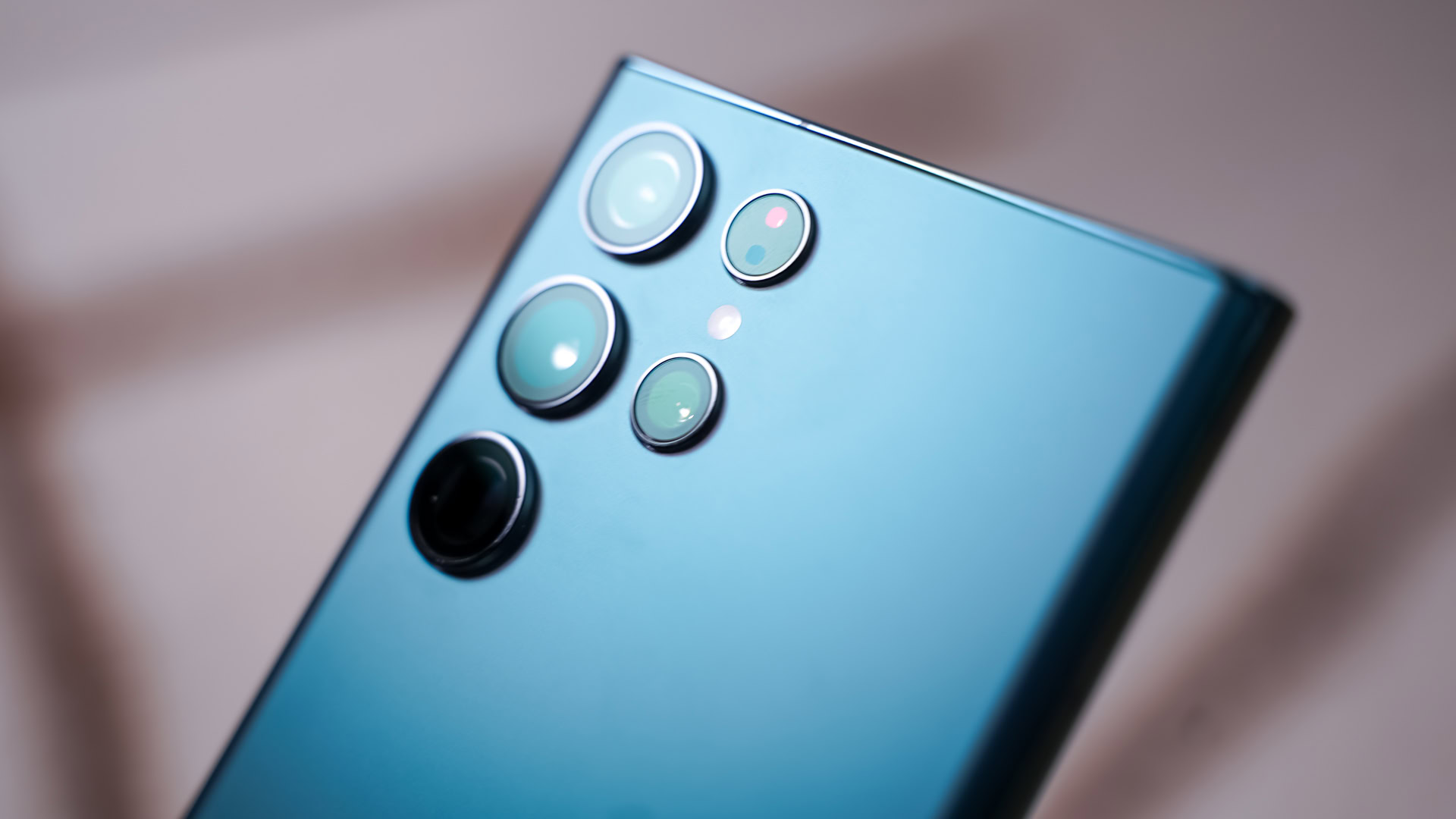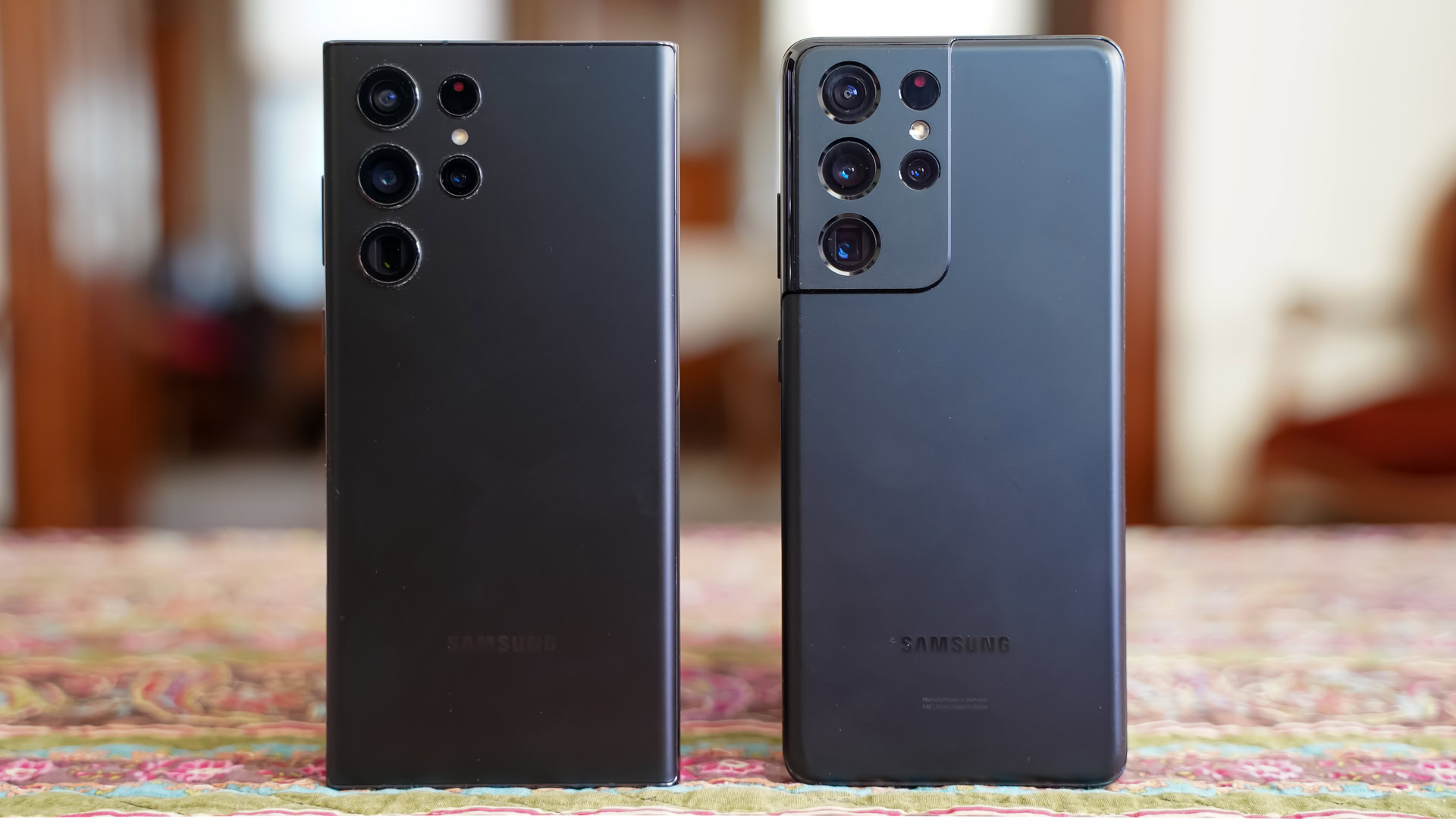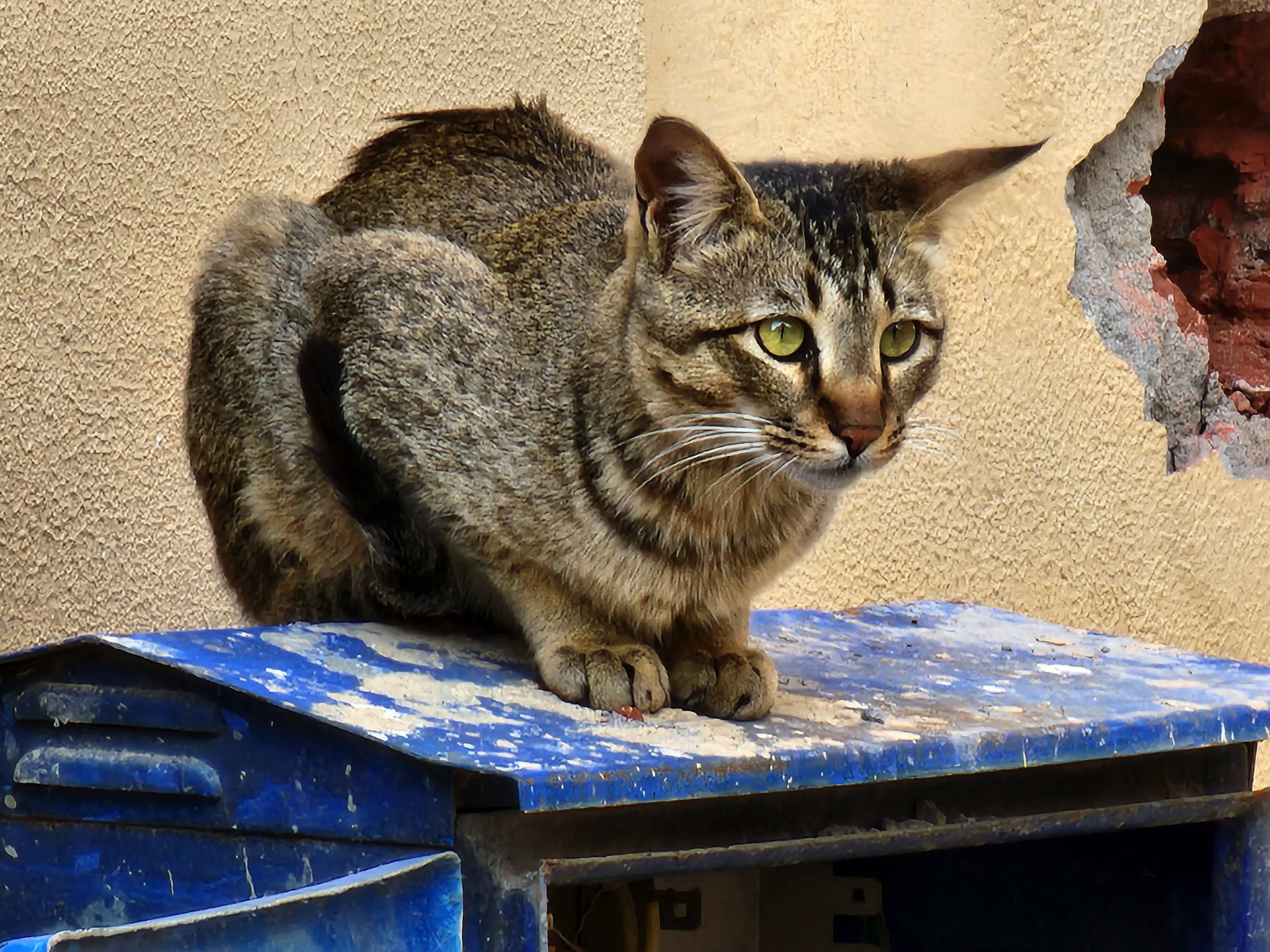Affiliate links on Android Authority may earn us a commission. Learn more.
You might actually want to use the 30x zoom on the Samsung Galaxy S22 Ultra

There’s little doubt that smartphone imaging has become the key marketing feature of flagships over the last few years. While Google has focussed primarily on computational imaging, the likes of vivo and OPPO have been championing low-light photography. Meanwhile, with the Galaxy S22 Ultra, Samsung is squarely zoomed in on, well, zoom.
Read more: Samsung Galaxy S22 buyer’s guide
I’ve never really cared much about telephoto cameras on smartphones. Sure, they’ve come in handy on occasion, especially when at concerts. My trusty old OnePlus 5 did a decent job capturing the moment at multiple music festivals while rocking out in the front row. However, it is hard to ignore the significant deterioration in quality, and I’ve never found the zoom range to be enough. I usually find myself sticking to the primary and ultrawide lenses.

Last year’s Samsung Galaxy S21 Ultra with its Space Zoom feature did precious little to change my mind. It wasn’t much of an upgrade over the S20 Ultra before it. The 10x zoom lens was hardly the sharpest, and images from the much talked about 30x and 100x zoom were effectively useless. Fast forward to 2022 and ten days with the Samsung Galaxy S22 Ultra later, I’m left with just one conclusion — Boy, what a difference a year can make!
The improvements in the Galaxy S22 Ultra's zoom quality show the power of an improved image processing pipeline.
While the camera sensors haven’t changed over last year’s model, the beefed-up image signal processor and improved algorithms have made a world of difference. I can only attest to the Snapdragon 8 Gen 1-equipped S22 Ultra, but Samsung is clearly leveraging the might of the new 18-bit Snapdragon Sight ISP that captures a significantly larger number of data points. Pair that with improved AI algorithms and the results are telling. Yes, I’m aware that Google has done great work with Super Res Zoom, but it simply doesn’t have the usable range afforded by the Samsung Galaxy S22 Ultra. It’s that versatility that had me reaching for the zoom toggle more often than I expected.
Dig deeper: How optical, digital, and hybrid camera zoom work

Walking back from my car, I chanced upon a cat perfectly positioned for a quick test of the S22 Ultra’s zoom capabilities. At 30x zoom, there is more than enough definition and detail here to make for a great social media-ready shot.

Meanwhile, while waiting on a server to get me my menu, I spotted one on a table at the far corner of the restaurant. Obviously, I whipped out the S22 Ultra to zoom in and snag a shot. It’s far from a perfect image, but there’s enough detail here to make out the brunch specials. Win.

You never know when curiosity strikes. Spotting the dome of a local monument, I decided to get a closer look at the architecture. The 30x zoom shot gets you close enough to make out individual details in construction. Time to get in a bit closer? Unsurprisingly, the 100x zoom is a blurry mess, but it’ll certainly get you discernable details when push comes to shove. Just make sure there’s ample sunlight.

There are obvious limits to what you can do here. Shutter lag aside, there is an inherent slowness while capturing scoped-in shots. While my attempts to capture a scurrying squirrel at the park were an abject failure, the 30x zoom worked in a pinch to get just a bit closer to the subject without moving from my position.
The Galaxy S22 Ultra's zoomed-in shots aren't perfect, but they're a stepping stone towards much better digital zoom.
Look, the digital zoom on the Samsung Galaxy S22 Ultra isn’t going to win any photography awards. There is a noticeable softness to the images and all too often, you’ll come across the limitations of the AI algorithms. Bright colors often turn neon, and details get plenty hazy once the light starts to go down.
More pictures: Samsung Galaxy S22 Ultra early camera impressions
However, it is hard not to be amazed by how often you can get a usable shot. I’m still not a big fan of Samsung’s saturation-heavy color science, but the company deserves credit for the sheer year-on-year improvement displayed on the Samsung Galaxy S22 Ultra. Ultra long-range zoom is no longer a gimmick and I can’t wait to see what Samsung pulls off with the next generation of chipsets and sensors.